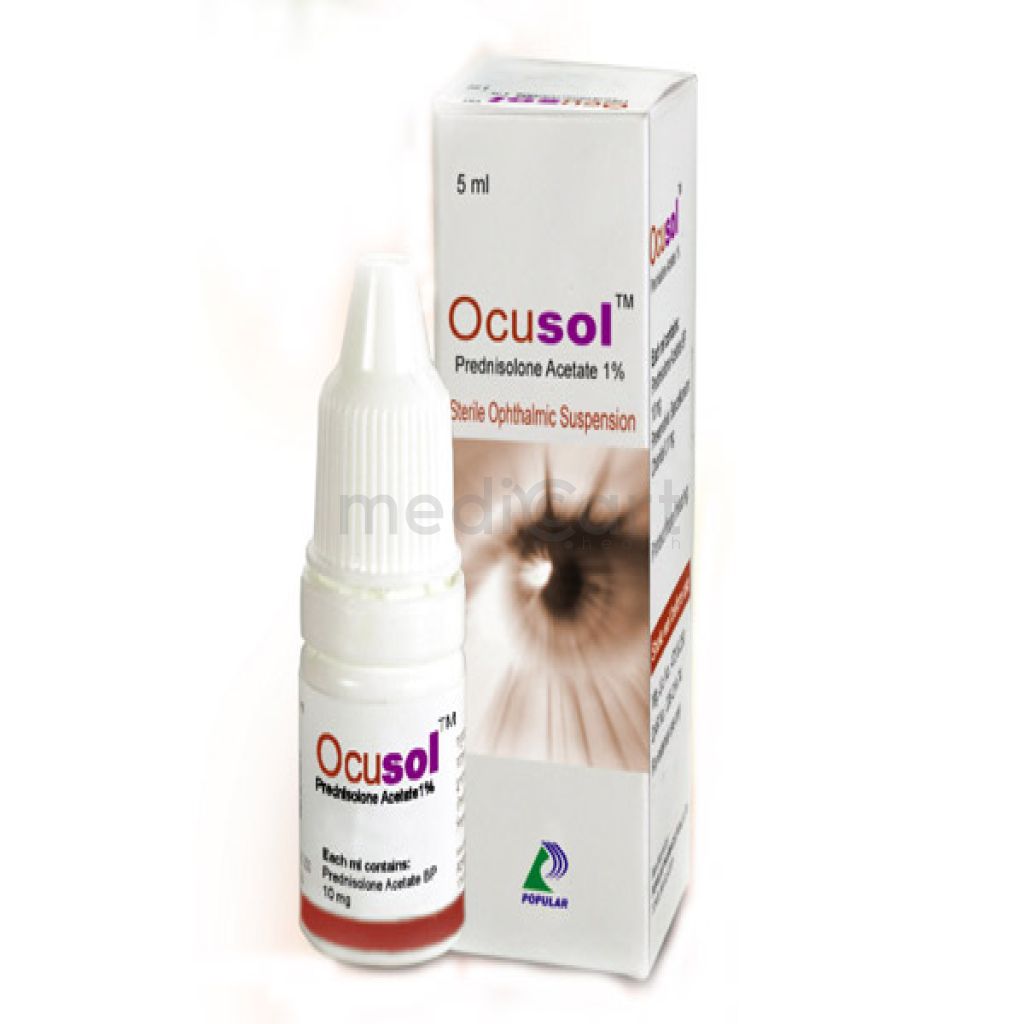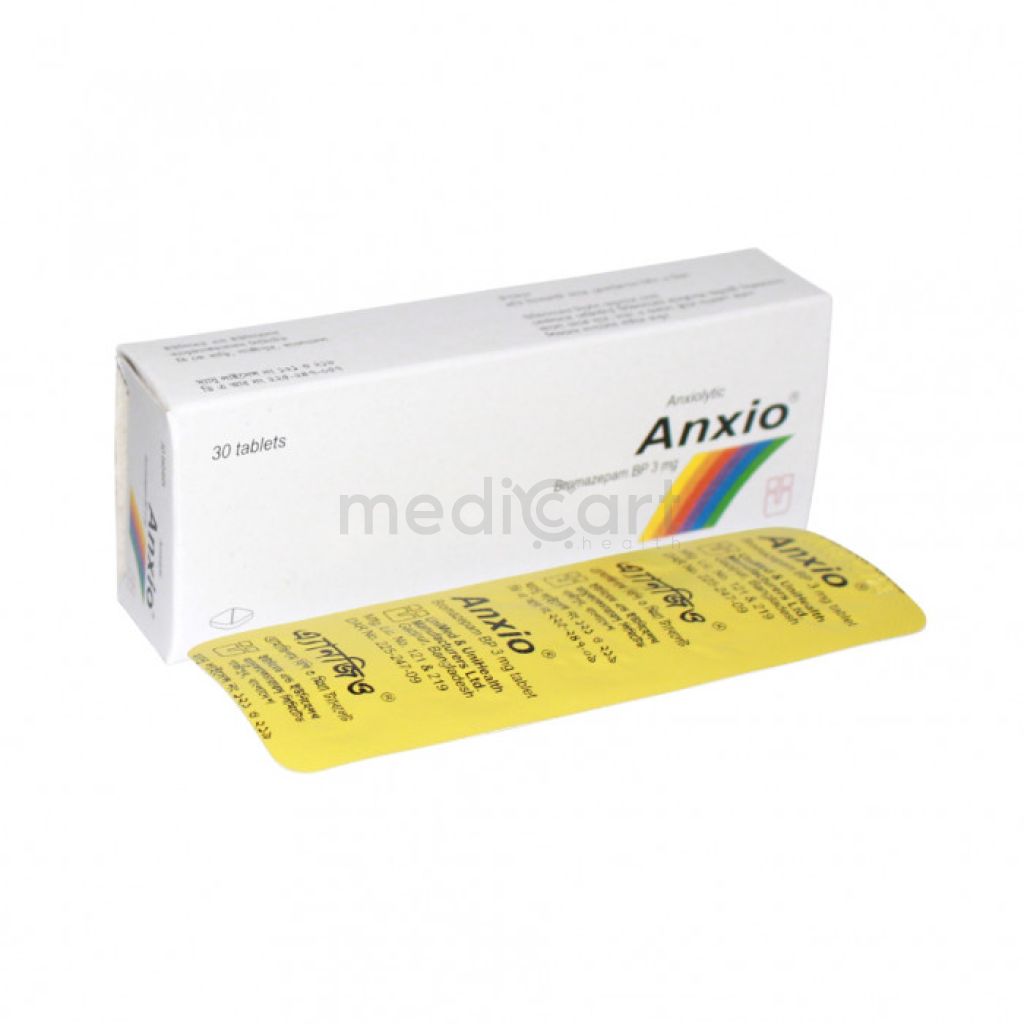

cabolac - 500mcg
Tablet
Pack Size :
4 Tablet x 1 Strip
Generics :
Cabergoline
Manufacturer :
Incepta Pharmaceuticals Ltd.
Best Price *
TK
320.00
* Delivery will be done in Dhaka city only.
Alternative Product
More Information About - cabolac - 500mcg
Description
Generic Name
CabergolinePrecaution
CV disease, Raynaud's syndrome, renal or hepatic impairment, peptic ulcer, GI bleeding, history of psychosis, hypertension. May affect ability to drive or operate machinery. Pregnancy, lactation. Prolonged use and/or usage of high doses may lead to psychiatric disorders, pleural/retroperitoneal fibrosis or cardiac valvular fibrosis. Monitor serum prolactin level mthly until normalisation. Monitor hepatic function regularly in patients with hepatic impairment. Lactation: excretion in milk unknown; use with cautionIndication
Hyperprolactinemia, prolactinomas, parkinson's disease, uterine fibroids, acromegaly, cushing's disease, pituitary adenomas, lactation suppressionContra Indication
Hypersensitivity to ergot derivatives. Uncontrolled hypertension.Dose
N/ASide Effect
>10% Nausea (27%),Headache (26%),Dizziness (15%),Constipation (10%) 1-10% Asthenia (9%),Fatigue (7%),Abdominal pain (5%),Somnolence (5%),Postural hypotension (4%),Depression (3%),Dyspepsia (2%),Nervousness (2%),Abnormal vision (1%),Breast pain (1%),Dysmenorrhea (1%),Hot flashes (1%),Paresthesia (1%) Potentially Fatal: Risk of serotinin syndrome with sibutramine; avoid combination.Pregnancy Category
Name : B
Description
Animal reproduction studies have failed to demonstrate a risk to the fetus and there are no adequate and well-controlled studies in pregnant women OR Animal studies have shown an adverse effect, but adequate and well-controlled studies in pregnant women have failed to demonstrate a risk to the fetus in any trimester.Mode of Action
Cabergoline is a long-acting dopamine D2-agonist. It inhibits prolactin secretion through hypothalamic inhibitory control exerted through the release of dopamine.Interaction
Increased risk of orthostatic hypotension when used with antihypertensives. May increase vasoconstriction effect of dopamine. May reduce vasodilation effect of nitroglycerin. Concurrent use with SSRIs or TCAs may increase the risk of serotonin syndrome. Potentially Fatal: Risk of serotonin syndrome with sibutramine.Pregnancy Category Note
Pregnancy Category: B Lactation: excretion in milk unknown; not recommendedAdult Dose
Oral Inhibition of physiological lactation Adult: 1 mg as a single dose on the 1st day postpartum. Suppression of lactation Adult: 250 mcg every 12 hr for 2 days. Hyperprolactinaemia-associated disorders Adult: Initially, 500 mcg/wk then increased at mthly intervals by 500 mcg/wk according to response. Wkly dose may be admin on a single occasion or in 2 divided doses on separate days; doses >1 mg should be given as divided doses. Usual dose: 1 mg (up to 4.5 mg)/wk. As monotherapy in Parkinson's disease; Adjunct to levodopa treatment in Parkinson's disease Adult: Initially, 0.5 mg daily in monotherapy and 1 mg daily as adjunct, may increase in increments of 0.5-1 mg at 7- or 14-day intervals. Max: 3 mg daily. Elderly: Start with lower doses. Hepatic impairment: Dosage adjustments may be needed.Child Dose
N/ARenal Dose
N/AAdministration
Should be taken with food.Disclaimer
The information provided herein are for informational purposes only and not intended to be a substitute for professional medical advice, diagnosis, or treatment. Please note that this information should not be treated as a replacement for physical medical consultation or advice. Great effort has been placed to provide accurate and comprehensive data. However, Medicart along with its authors and editors make no representations or warranties and specifically disclaim all liability for any medical information provided on the site. The absence of any information and/or warning to any drug shall not be considered and assumed as an implied assurance of the Company.





